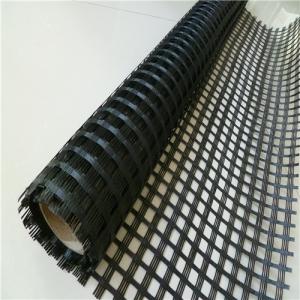Geotextile fabric non woven is an artificial material that has been widely used in building because of its exceptional characteristics. Moving into the geotextile fabric world, this paper will discuss features, advantages and reasons behind its revolutionization of construction practices.
The Wonders of Geotextile Fabric Non Woven
What Exactly is Geotextile Fabric Non Woven?
Materials like polyester, polypropylene or nylon form the basis of geotextile fabric non woven. Unlike woven fabrics, it does not entail weaving or knitting in production process. This leads to a permeable, strong and weathering resistant fiber. Needle punching, heat bonding or chemical bonding are some of the manufacturing techniques employed to maintain fibers together.
Versatility in Construction
One main thing about geotextile fabric non woven is that it is versatile. It can be used for various applications such as reinforcing soil in civil engineering activities or as a barrier in filtration systems. Its strength to stabilize, filter and separate materials makes it an essential tool for modern building technology.
Environmental Benefits
The eco gains associated with employing geotextile fabric non woven cannot be overemphasized. The reason is because they are made from recycled products and others can even be recycled after use. For instance, it cuts down on voluminous landfill waste thus leading to sustainable construction methods.
Durability and Longevity
This type of cloth is built with durability at its core feature. It can withstand harsh environmental conditions without losing originality with time. This implies that structures using this material can last longer thereby reducing frequent maintenance and replacement needs.
Installation and Maintenance
Another reason why geotextile fabric non-woven has gained popularity is due to its ease of installation coupled with low maintenance requirements hence saving one’s budgetary expenses mightily. The cutting and shaping of this material according to different project specifications are quite easy and may require less maintenance after its installation.
Applications in Civil Engineering
Geotextile fabric non-woven plays a very important role in civil engineering work. It is used for road construction to add strength to the base layers thereby creating a strong road surface. Moreover, it is used as slope protection and erosion control that holds soil and vegetation alike.
Agricultural Uses
Apart from use in building, geotextile fabric non-woven has also found applications in farming .Notably, drainage systems use this fiber to facilitate movement of excess water while allowing best soil conditions for plant growth. It can also be used for protecting soils against harmful substances because it has filtration properties.
Personal Touch: My Experience with Geotextile Fabric Non Woven
On one of the assignments I was involved in, there was extensive use of geotextile fabric non woven. Amazingly it could be twisted effortlessly into any shape you desired yet still gave wonderful results. In terms of material flexibility; I had an enjoyable experience working with it because it was easy to manipulate owing to its strength and flexibility that surpassed my expectations about how long-lasting this type of fabric can be under heavy usage conditions.
The Future of Geotextile Fabric Non Woven
Indeed, geotextile fabric non-wovens have limitless conceivable uses in future. This fabric is likely to find additional innovative applications in many industries as technology and materials improve.
Conclusion
Geotextile fabric non woven is not only about the material but a resolution for numerous environmental or construction challenges. Versatility, durability, and environmentally friendly features explain why professionals and hobbyists like it. In our bid to remain ever more innovative and think outside the box, geotextile fabric non-wovens will have an important role to play in constructing tomorrow’s world among others.
This is truly a testament of human creativity and search for better ways of doing things efficiently while conserving the environment. Its presence in various fields serves as an evidence that there are advantages that we can derive from its application. This analysis confirms that the use of geotextile fabric nonwovens is not just a fad but rather a shift towards more sustainable building techniques as well as ecological management strategies.







